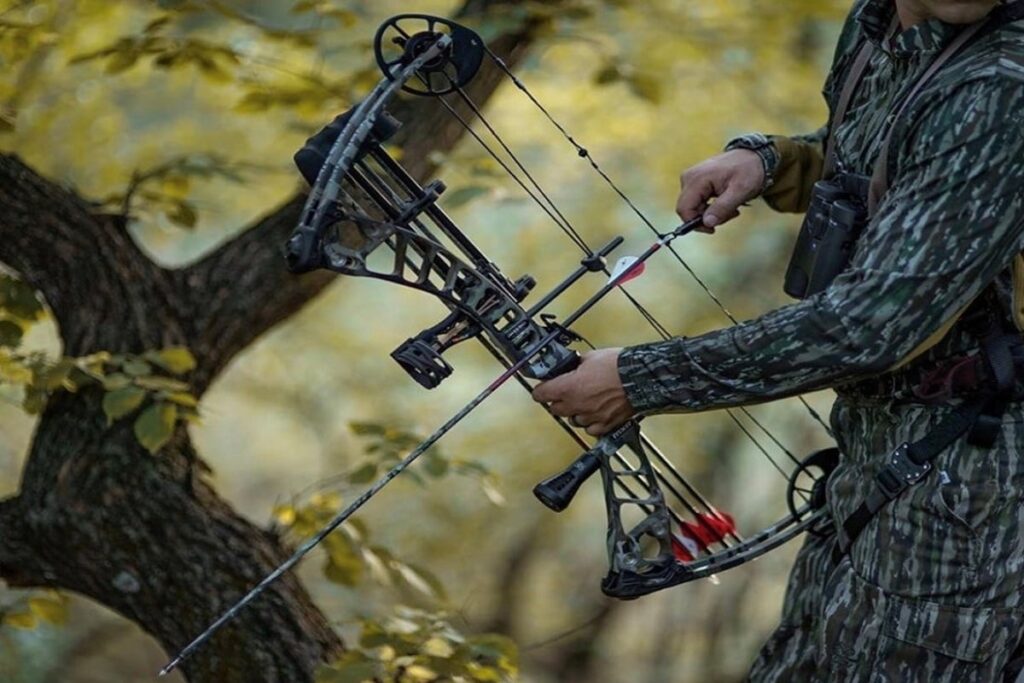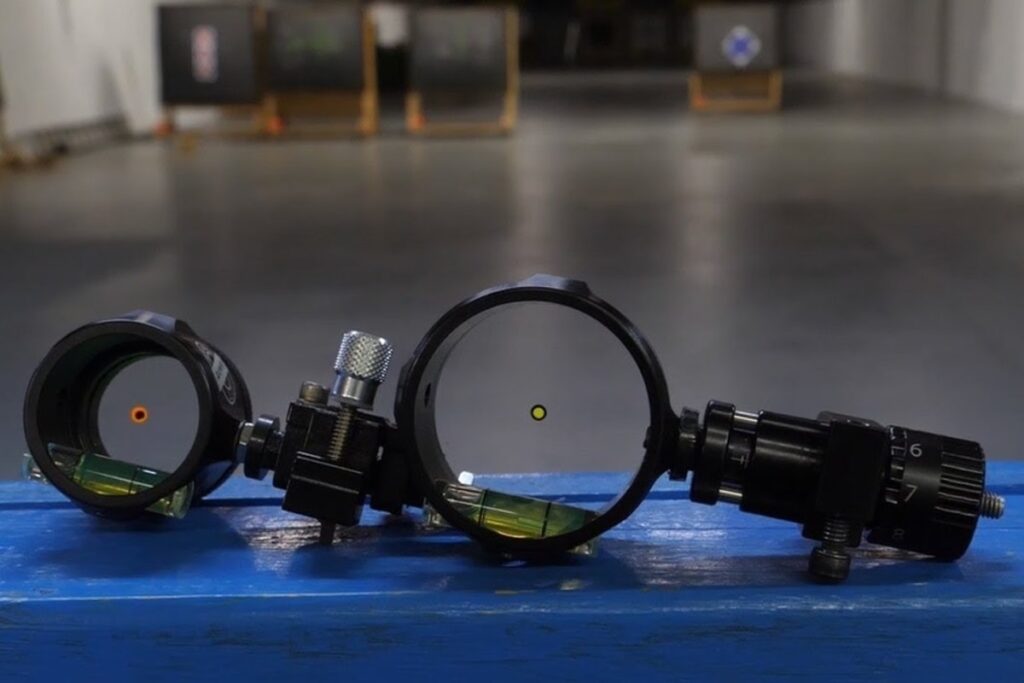The compound bow is one of the most popular sports bows in America. It combines speed, power, and accuracy into a relatively small package that’s easy to handle and transport. The downside? You need to know what you’re looking for when choosing your next tool!

There are thousands of models on the market, with each manufacturer having its own style and design. Some manufacturers use different materials like fiberglass or wood, while others stick to plastic. There are also many variations within these categories, such as cam styles (single, twin, hybrid), riser sizes, and draw lengths.
This article will help you learn about some common types of compound bows so you can choose which model best suits your needs.
Single Cam Compound Bows
A single-cam bow has only one bow pin cam located at both ends of the bow. These are used primarily to control the draw length and assist in tuning the bow. However, they do not provide much assistance once it reaches full draw because there is no mechanical advantage during this stage.
Benefits: They have an extremely compact profile, making them ideal for travel and storage. This makes them great for hunting trips where space may be limited.
Drawbacks: Single-cams lack any type of mechanical advantage between the nocking point and fully drawn position, making them very difficult to shoot accurately and consistently. Also, since their only function is to adjust the distance between the string pull line and the bow limbs, they tend to be cheap and made from less durable materials.
Twin Cam Compound Bows
These are similar to single cams, but instead of using just one cam per limb, two separate ones are used. Each one controls the opposite limb, allowing better balance and easier shooting than if just a single cam was used. On top of providing more stability, this allows for higher arrow velocities due to greater leverage.
Benefits: Twin cam bows provide a significant increase in mechanical advantage over single-cams. This means that you get significantly faster shot times and more consistent performance overall. Additionally, since the cams are separated by multiple pulleys, the stress levels experienced by the bow itself are greatly reduced.
Drawbacks: Since the cams are spread further apart, you’ll experience a larger amount of parallax error, which can cause inaccurate aim, especially at longer distances. In addition, even though they have double the number of cams, they still lack the same level of durability and quality found in other brands.
Dual Cam Compound Bows
Similar to twin-cams, dual-cams consist of two independent bow pins mounted side-by-side. This provides twice the mechanical advantage, resulting in increased velocity. They typically come equipped with a “high-power” series box, giving users access to high draw weights without sacrificing too much accuracy.
Benefits: Dual-cams offer superior performance compared to other brands, including maximum draw weight, consistency, and ease of aim. Many hunters prefer dual-cams simply because of all the benefits mentioned above.
Drawbacks: Due to how large they are, they require extra room when transporting, which limits their portability. Their price tag is slightly higher than typical single-cams but well worth it considering the results.
Hybrid Cam Compound Bows
Also known as multi-cam bows, hybrids feature three cams installed on only one limb. One set operates as a low-range unit, another acts as a mid-range, and the last serves as a high-range. Hybrid units allow for quick target acquisition at long ranges but sacrifice precision at shorter distances.
Benefits: If you want something that offers good range and decent precision, then a hybrid would be a perfect choice. While they don’t perform quite as well as dual-cams at close quarters, they excel at medium ranges thanks to the additional midrange cam.
Drawbacks: Hybrids cost a little bit more money than regular single-cams, but not enough to warrant buying them exclusively. Because of their unique configuration, they take a lot of time to properly tune.
Binary Cam Compound Bows
Like hybrids, binary cam bows operate with three cams placed side-by-side along the main limb. Unlike hybrids, however, only two sets of cams exist instead of three. The first pair functions as a low-range, while the second works as a high-range. Like hybrids, they offer excellent range and precision but suffer from poor precision.
Benefits: Binary cam bows combine the best characteristics of lower-range single-cam bows and upper-range dual-cam bows. Users who desire a decent range but aren’t interested in sacrificing precision should opt for a binayr cam.
Drawbacks: Similar to twins, they are generally big and bulky, making transportation difficult unless you already own a vehicle specifically designed for sports equipment. Even though they offer a superb range, they still fall short of being comparable to other premium brands such as Bear Archery.
What to Do When Purchasing Your Next Compound Bow
While knowing a few things about compound bows can certainly make selecting one a whole lot simpler, it won’t guarantee success.
1. Read User Reviews
Make sure you read user reviews before purchasing any new product online, so you know exactly how people feel about the item after actually owning it.
2. Compare Several Models
Another tip is to try several different models until you find one you really enjoy shooting. Most compound bows work fairly similarly despite differences in size, appearance, and material composition. Once you’ve settled on a brand, keep track of customer feedback online so you can see whether or not customers were satisfied with their purchase.
3. Find the Right Balance Between Draw Weight and Comfort
If you plan on taking part in competitive archery, make sure you select a bow that gives you adequate draw weight yet isn’t overly heavy. Otherwise, you might end up getting sidelined by opponents who possess heavier bows. For beginners, look for beginner-friendly bows featuring smaller draw lengths, lighter draw weights, and adjustable sights.
4. Take Your Time
Lastly, remember that you shouldn’t think about purchasing anything right away! Take your time and test numerous products so you know everything about each one before settling on the one you truly love.
Wrap Up
With proper research and practice, you’ll soon become an expert in the world of compound bows! Good luck! We hope you enjoyed reading this guide.

